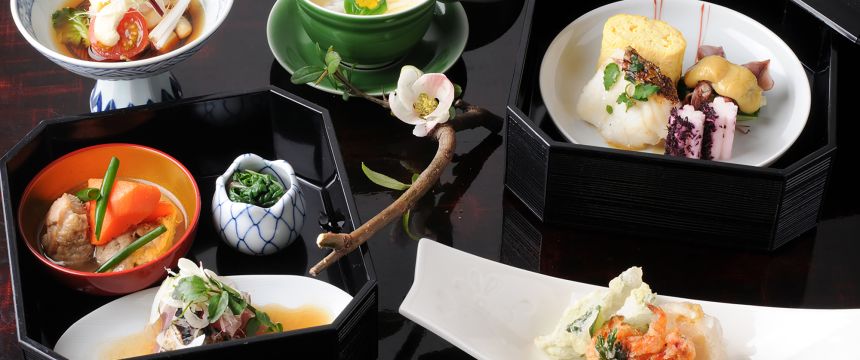Onomichi City, Hiroshima Prefecture - Chugoku
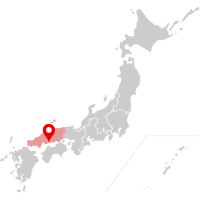
The lively port town of Onomichi has become a vibrant hub for tourism thanks to its fascinating history, traditional architecture, rich food culture, and location near the entrance to the Nishi Seto Expressway, also known as the Shimanami Kaido, which stretches across the Seto Inland Sea. Just a short ride from the Shin-Onomichi Station on the Sanyo Shinkansen, this area makes a fascinating detour for visitors traveling to and from Osaka, Hiroshima, and Fukuoka.
The Home of the Japanese Lemon

The Seto Inland Sea is one of Japan’s most beautiful and historic regions. Sandwiched between the north coast of Shikoku and the Sanyo region of Honshu, it enjoys calm weather year-round. The winters are mild, temperatures moderate, and typhoons rare. This makes it the perfect environment for citrus cultivation.
While numerous varieties are grown across this region, each prefecture has tended to focus on its own specialty. In Hiroshima, the key crop is lemons, accounting for as much as 60 percent of the nation’s output. A large part of that harvest comes from the coastal area around the port city of Onomichi, in the eastern part of the prefecture.
Over the centuries, farmers here have painstakingly carved out terraces up the steep, south-facing hillsides, supported by stone walls that reflect sunlight and store heat. In the old days, this was referred to as “tilling an ascent to the heavens.” These days, a growing number of farmers are embracing the principles of organic agriculture.
The islands of Takaneshima and Ikuchijima, known collectively as the Setoda area, are thought to be the origin of lemon cultivation in Japan, and it is said that the fruit may have been introduced from the Asian mainland by the Murakami pirates, the naval force that controlled the waterways of the Seto Inland Sea up to the end of the Edo Period, in the mid-19th century.
During that time, Onomichi prospered as a key port on the maritime route by which cargo was carried to and from the main urban areas around Osaka. It also came to be known for its production of high-quality vinegar, which was made with rice carried on cargo ships from Hokuriku and Tohoku.
Over the centuries, a distinctive food culture has developed around the Seto Inland Sea. Among the vast range of local seafood, look for specialties such as red sea bream, creamy Hiroshima oysters, and puffer fish. The citrus and vinegar produced in Onomichi played a key part in the development of this cuisine, not just as a way of preserving fish but also of drawing out their flavor.
Much of the old town has survived to this day, and its temples and shrines, as well as winding streets and old buildings—not to mention its population of alley cats—have long made it a popular tourist destination.
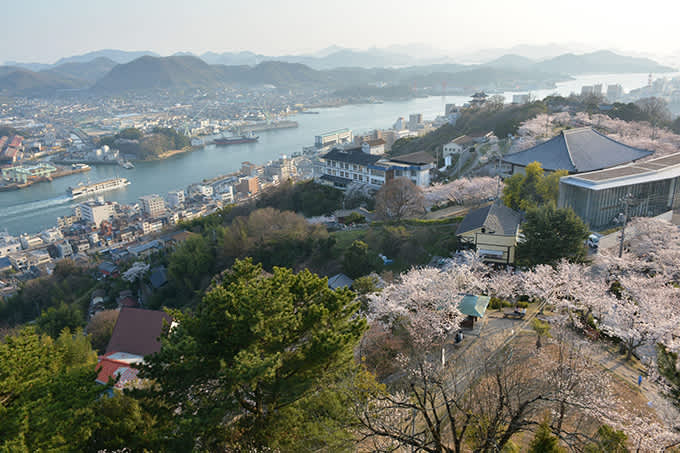
The best-known site is Senko-ji, a historic Buddhist temple founded in 806. Its setting, on a hill high above the port, offers panoramic views of the numerous islands that dot the area’s waters. This setting has also attracted Japanese artists, including novelist Naoya Shiga (1883–1971) and noted film director Yasujiro Ozu (1903–63), whose 1953 masterpiece Tokyo Story features opening scenes set in Onomichi.
Zest to Tradition
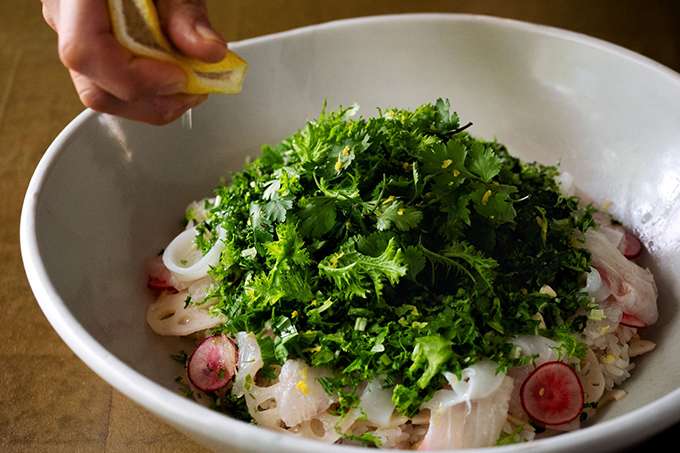
In recent years, the town has become a magnet for young creatives and others looking to establish independent businesses. In December 2018, a converted apartment complex, built in the 1960s, was opened as a new community venture that incorporates shops, restaurants, and lodging for guests. Called LOG, it is located on the side of Mount Senko, close to Senko-ji Temple.
The focus of the LOG Dining restaurant is fresh seasonal produce from the farmers and fishermen in the surrounding area. The facility also holds frequent workshops and public events with themes highlighting the local food culture, as well as the traditional approach of living in harmony with the seasons.
Onomichi has also become a popular base for recreational cyclists, as the starting point for the Shimanami Kaido. This 70-kilometer dedicated cycle route connects Honshu with Shikoku, hopping across six islands—more, if you choose to make a diversion on the way—and ending up in Imabari City, Ehime Prefecture. Picked by the US-based news network CNN as one of the seven best bike routes in the world, it is entirely separate from the vehicular traffic on the main toll road but runs across the same seven bridges, giving cyclists the same spectacular views.
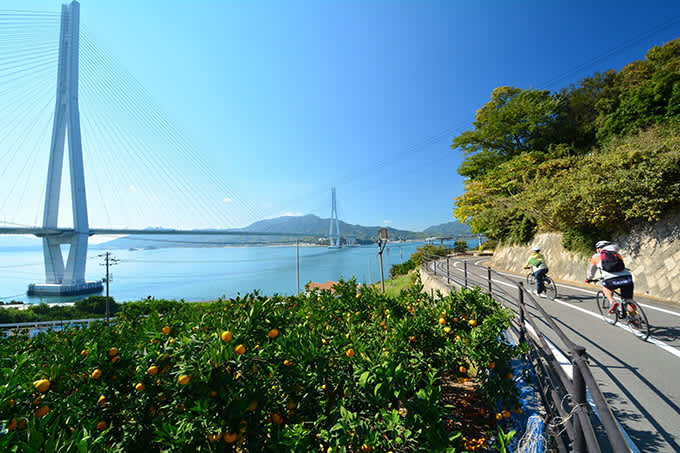
For those embarking on the cycle route, the Onomichi U2 facility is an excellent starting point. Housed in a stylish converted warehouse, it offers 28 rooms, with on-site bike rentals for guests. It also has a shop selling clothes, food, and local traditional arts and crafts, a bakery offering freshly baked bread and pastries, a waterfront bar, and a 100-seat restaurant. Lunch features pasta and natural-leavened pizza, with toppings such as local Setoda salt-pickled lemon. At dinner, the focus is on seafood and dishes from the charcoal grill.
For visitors who prefer a more sedate and luxurious experience, Onomichi is the boarding point for the guntu, a 19-cabin cruise ship designed with the minimalist aesthetic and premium services of a traditional ryokan (Japanese inn). Guests can dine at a six-seat sushi bar with a view of the islands, sip tea with wagashi (Japanese sweets), or relax in a hinoki (cypress) bathtub.
Contact Information
Shimayado Mari
2011 Noma-ko, Shodoshima-cho, Shozu District, Kagawa Prefecture 760-4421
How to Get There
To reach Onomichi from Tokyo, take the Shinkansen to Fukuyama (about 3.5 hours), then transfer to a local train on the Sanyo Line (20 minutes). From Osaka or Kyoto, the journey takes about an hour and 50 minutes.
Recommended Itineraries
Ikuchijima, the second island you reach on the Shimanami Kaido highway from Onomichi, is well worth a visit. Besides the terraces of lemon orchards, you can visit the grand Choseikaku Villa, built in 1929 by an Osaka steel magnate. And do not miss the Kosanji Temple complex, a gaudy, sometimes kitsch theme park of Buddhist architecture and iconography.
Related Links
Onomichi Tourist Information (English)
LOG (English)
guntû (English)
Onomichi & Fukuyama (English)
Shimanami Kaido (Hiroshima) (English)
Map
Featured Cuisine
Lemons have been cultivated in the Setoda area of Onomichi since ancient times, and now the district produces more than a quarter of all the lemons grown in Japan. Visitors will find the local citrus incorporated into many local dishes and souvenir goods in numerous guises, such as lemon soda, Setoda lemon cake, lemon leaf sushi, and salt-pickled lemon peel.
All information is correct as of the time of writing.
Please check for the latest information before you travel.




























































